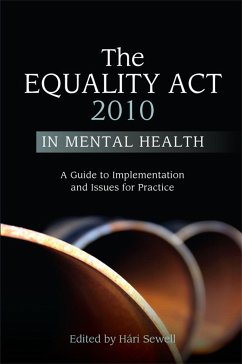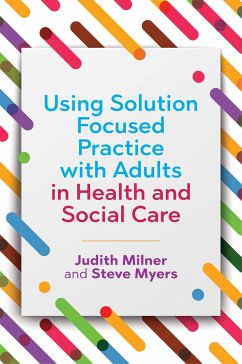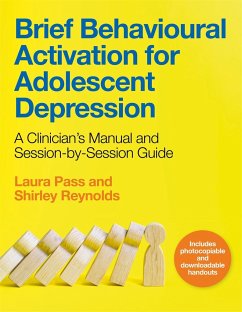
The Theory and Practice of Democratic Therapeutic Community Treatment

PAYBACK Punkte
24 °P sammeln!
Offering step-by-step templates and tried-and-tested methods, this is the first treatment manual to show how to successfully set up and run a democratic therapeutic community. Highlighting key principles, this is an essential resource for running therapeutic communities in an informed way that produces consistent benefits for patients.













